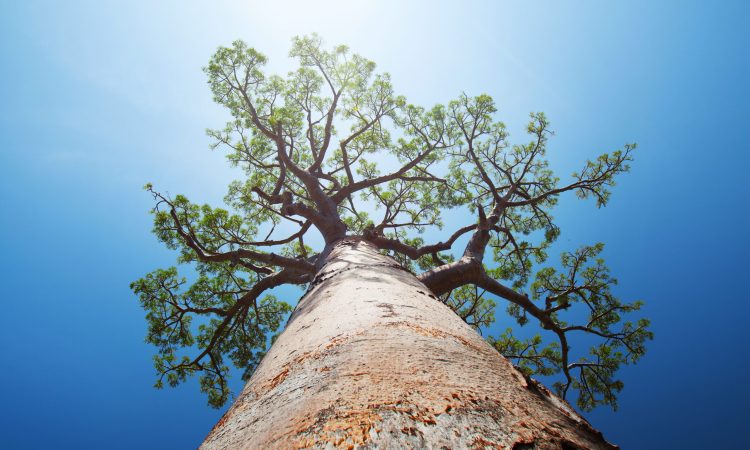A study has identified 33 “dark zones” globally, where thousands of species are waiting to be discovered

Botanists have identified 33 “dark spots” around the world where thousands of plant species are likely waiting to be discovered, new research shows.
From a Borneo palm that flourishes underground. to a Madagascar orchid that spends its life growing on other plants, researchers continue to make dozens of new species discoveries each year.
However, with more than 100,000 believed to be undiscovered, most of them endangered, a new project led by Britain’s Royal Botanic Gardens Kew highlights the parts of the world where botanists should focus their searches.
Over 100,000 plants are waiting to be discovered
as far as Bolivia, scientists have identified areas of plant diversity in an effort to speed up identification.
recently published, builds on analysis carried out last year by Kew researchers, which found that three-quarters of all undescribed plant species are likely to be threatened with extinction.
Scientists believe the unknown species could hold clues to future discoveries of drugs, fuels or other innovations, they note.
“We need to protect 30% of the planet”
Prof Alexandre Antonelli, scientific director at Kew and lead author of the paper, said the research aims to help better guide conservation and speed up the pace of plant discovery, warning that before they are ever known to science , at the current identification rate.
“We need to protect 30 percent of the planet by this decade, according to current UN targets – but we don’t know what areas to protect if we don’t have the right information,” said Antonelli.
Most regions are in Asia, which has 22 areas listed as requiring further research, including the island of Sumatra, the eastern Himalayas, Assam in India and Vietnam. In Africa, Madagascar and the Cape Provinces of South Africa were identified, while Colombia, Peru and southeastern Brazil were the highlighted areas in South America.
Almost all areas overlap with areas that have already been identified as biodiversity ‘hotspots’ – areas of the planet rich in life but threatened with destruction.

